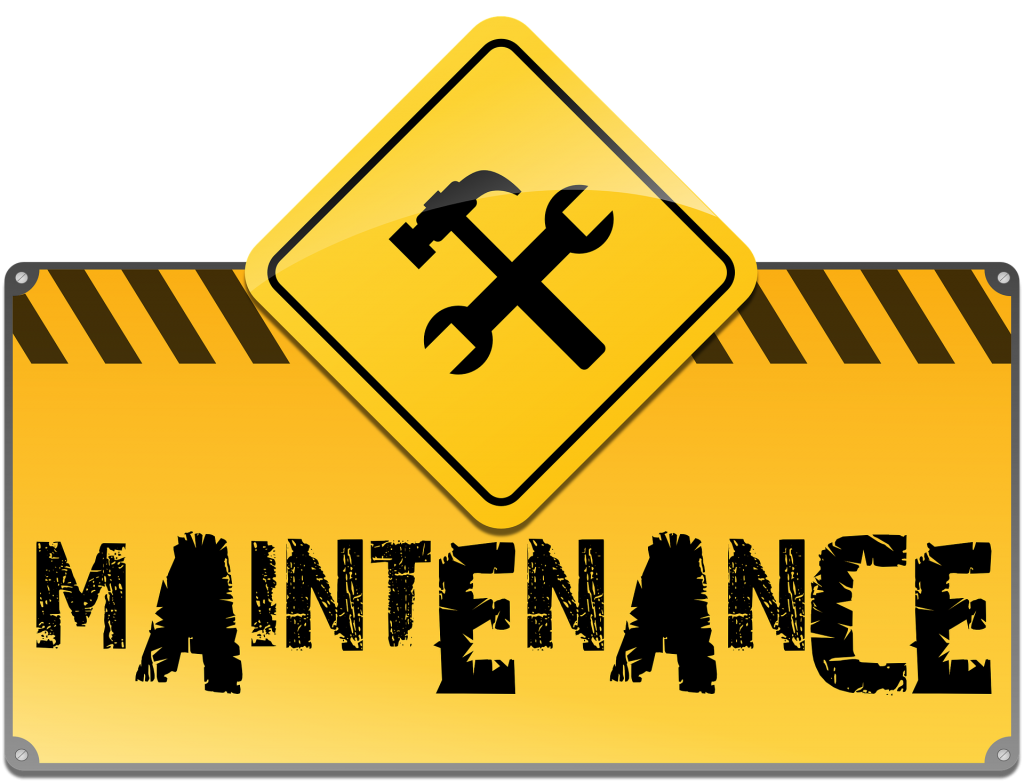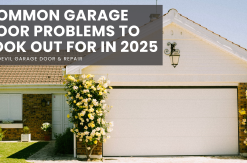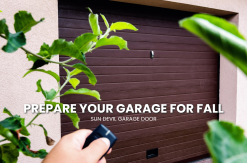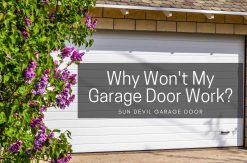
A garage door is a deceptively simple-looking mechanism. Something that is designed to provide convenient access to your home 2 to 4 times per day* at the push of a button, as well as protect your vehicle from the elements doesn’t seem very menacing. However, as we mentioned, looks can be deceiving.
Your garage door is relatively easy to operate because there are a number of components doing the heavy lifting, including the springs. The springs on your door – whether torsion or extension – counterbalance the door’s entire weight (150 pounds and up) so that it can be opened and closed with the utmost of ease.
If you have ever experienced what happens when the door’s springs, rollers or cables break, you know how great a potential for injury there is. For the purpose of safety – your own and that of your loved ones – you should never attempt to go the DIY route when it comes to repairing a malfunctioning garage door.
Professional garage door repair technicians, like those at Sun Devil Garage Door, use a combination of specialized tools and techniques to safely and efficiently repair whatever is causing the door to malfunction. Although, you should never perform DIY repairs, here are a few maintenance tasks you can do to prevent a malfunctioning garage door.
- Lubricate
A noisy or malfunctioning garage door is an unnecessary annoyance. Using a high-quality, petroleum-based lubricant, carefully grease the door’s springs, hinges, and rollers. Do not make the mistake of lubricating the tracks, as this can cause the door to slip from the tracks, placing you in a precarious situation. You should also refrain from using WD-40.
- Track Cleansing
While the tracks may not require lubrication, they do need to be thoroughly cleaned from time to time. Dirt and debris can build up on the track, leading to premature failure of the door’s rollers, springs or bearings. A good once over with the vacuum hose, followed by a damp cloth, should do the trick.
- Replace Weather Stripping
Made of either soft rubber or plastic, weather stripping can become cracked, torn or brittle in a short amount of time. Once past their prime, they are no longer efficient at doing their job, which is to keep the elements and insects out of your garage. Weather stripping can easily be found at most any local home improvement store. To replace it, simply peel or cut off the old material, replacing it with the new.
- Check the Remote’s Batteries
If your handheld garage door remote is no longer working to open and close the door, the first thing you should check is the batteries. You can do this by swapping them out for new ones. Most opener remotes use either AA or 3V (watch) batteries. If that doesn’t work, you might try resetting the opener, following the directions outlined in your owner’s manual.
- Test the Garage Door’s Balance
If your door is not properly balanced, the opener has to work harder than it should, which means it won’t last long. To test the door’s balance, disable it by pulling down on the emergency cord. With the door disconnected from the opener, manually open the door, and then release it. It should remain securely in place, but if it doesn’t, you should immediately contact us at (480) 838-9397.
- Realign the Photoelectric System
If your garage door opener was manufactured after January 1, 1993, it depends on a photoelectric system (two sensors located about 6-inches from the floor of your garage on both sides of the door) to detect when the door is all the way up or down, as well as when there is an obstruction in the path of it closing, thus protecting you and your loved ones from injury. If the opener was manufactured before this date, or it fails the following test, it should be replaced as soon as possible.
To test this system, activate the door by pressing the button on the remote control, and wave a broom or other inanimate object in front of one the system’s two sensors. This should activate the door’s automatic reversal feature. If it doesn’t, you can attempt to try cleaning them using a soft, dry cloth; and then re-test. If the door fails the test a second time, contact your local garage door repair company. We recommend suspending use of the door until repairs have been made.
*on average



